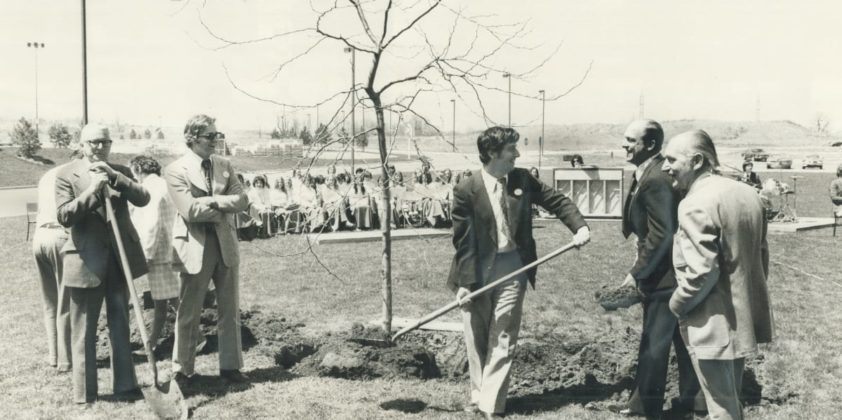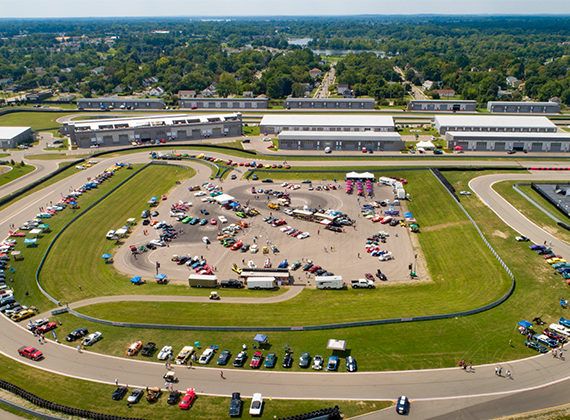Happy Little Trees: Celebrating Arbor Day

The first Arbor Day planting date was April 10th, 1872 in Nebraska with an estimated 1 million trees planted. This day was later officially proclaimed Arbor Day by Governor Robert W. Furnas for the State of Nebraska. Since 1872, each state initiated its own Arbor Day and today it is celebrated in all 50 states.

How did those “Happy Little Trees” pop up everywhere across the Great Plains and spread throughout our cities and towns? Arbor Day was initially started by J. Sterling Morton who was originally from New York, moved to Detroit, Michigan, and eventually settled west into Nebraska. The native landscape of the Great Plains states felt open and uncomfortable to the new pioneers traveling west. Most pioneers came from heavily wooded areas with lakes, rivers, and mountains. To make the west feel a bit more like home (coupled with his interest in horticulture), Mr. Morton encouraged everyone to plant a tree – whether shade or fruit. Additionally, the trees provided windbreaks to reduce soil erosion and loss, increase wildlife habitat, and increase diversity. Although today we know that the Great Plains ecosystem is unique and fitting for the central states, the concept of planting trees to increase diversity, the value of habitat, and good stewardship persist today.
All trees provide value to the environment and communities; however, urban trees are highlighted to better understand their profound effect on our cities and towns:
- Urban trees assist in lowering energy costs for businesses, municipalities, and homeowners. The urban forest provides shade, evapotranspiration, and a canopy to reduce winds.
- Trees increase the value of properties and it has been shown that homebuyers are more likely to buy properties with mature trees versus no trees and generally pay more for properties that contain trees.
- Trees help clean the water and the air. The canopy, tree branches, trunk, and roots aid in the reduction of peak flows during larger storm events and take up water in the soil. In addition, the roots assist in removing pollutants from the urban soil. Air pollution is reduced by trees through the leaves absorption of nitrogen dioxide, sulfur dioxide and intercepting dust, ash, and smoke.
- The urban forest helps reduce air temperatures, carbon dioxide, and the production of ozone.
PEA Group has both a certified arborist and registered professional landscape architects on our team. Both professions are schooled in the botany and biology of plant materials, including trees. Science has led to a better understanding of native, invasive, and cultivar species and their impact on the local and regional ecosystem. Today, landscape architects and arborists promote the planting of the right type of tree in the right type of ecosystem within the right type of soil foundation. Both professions aid in the identification of harmful pathogens, environmental stresses, remediation, and overall tree pruning and care. In addition, landscape architects have a passion to create spaces both in a natural and urban context that trees help form and shape.
Trees play a very important role in our landscape and PEA Group has Tree–Mendous professionals to help you plan for your “Happy Little Trees” wherever they may be. Happy Planting and Painting!
